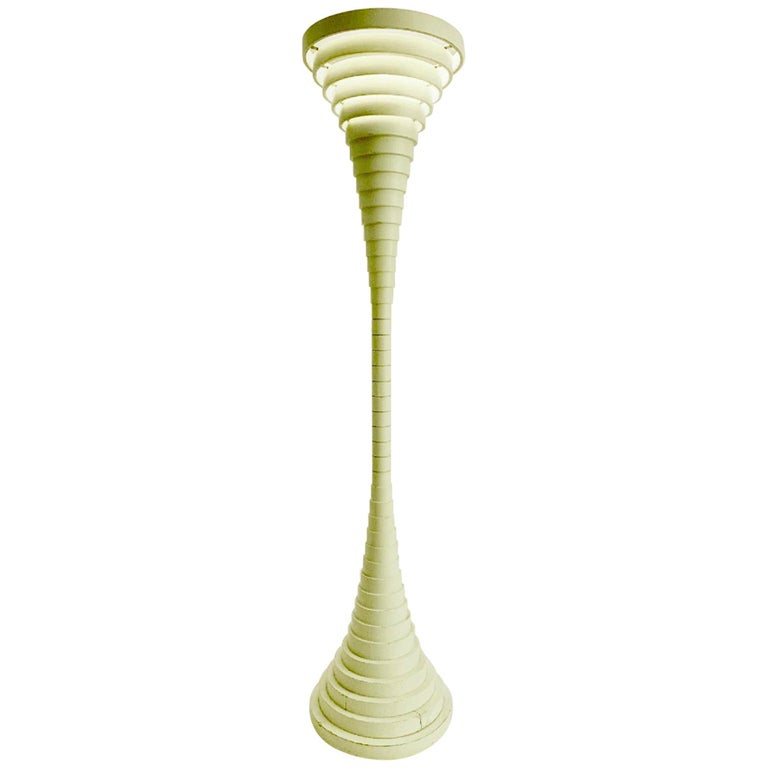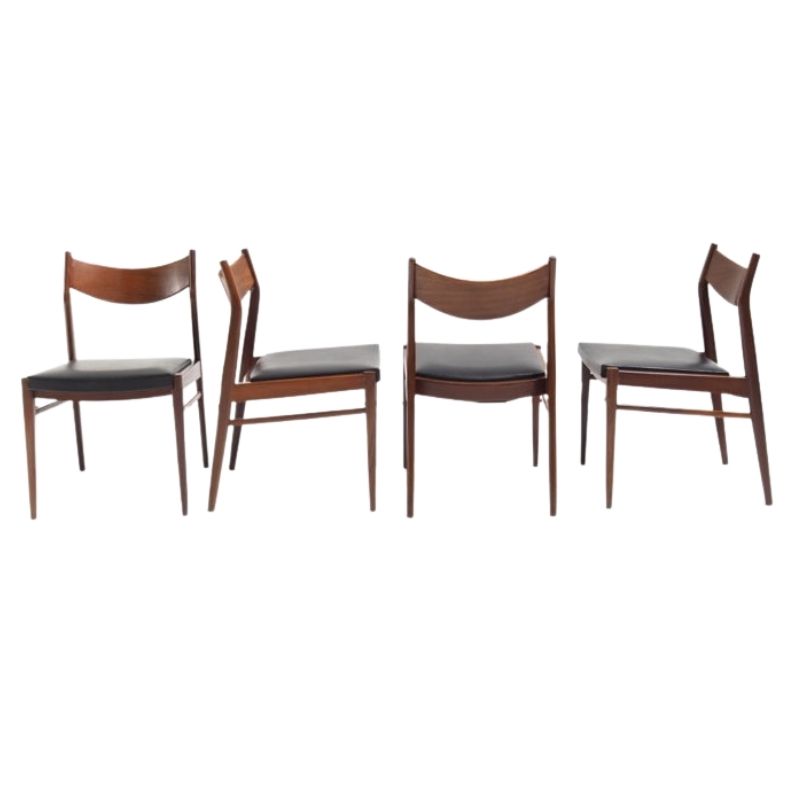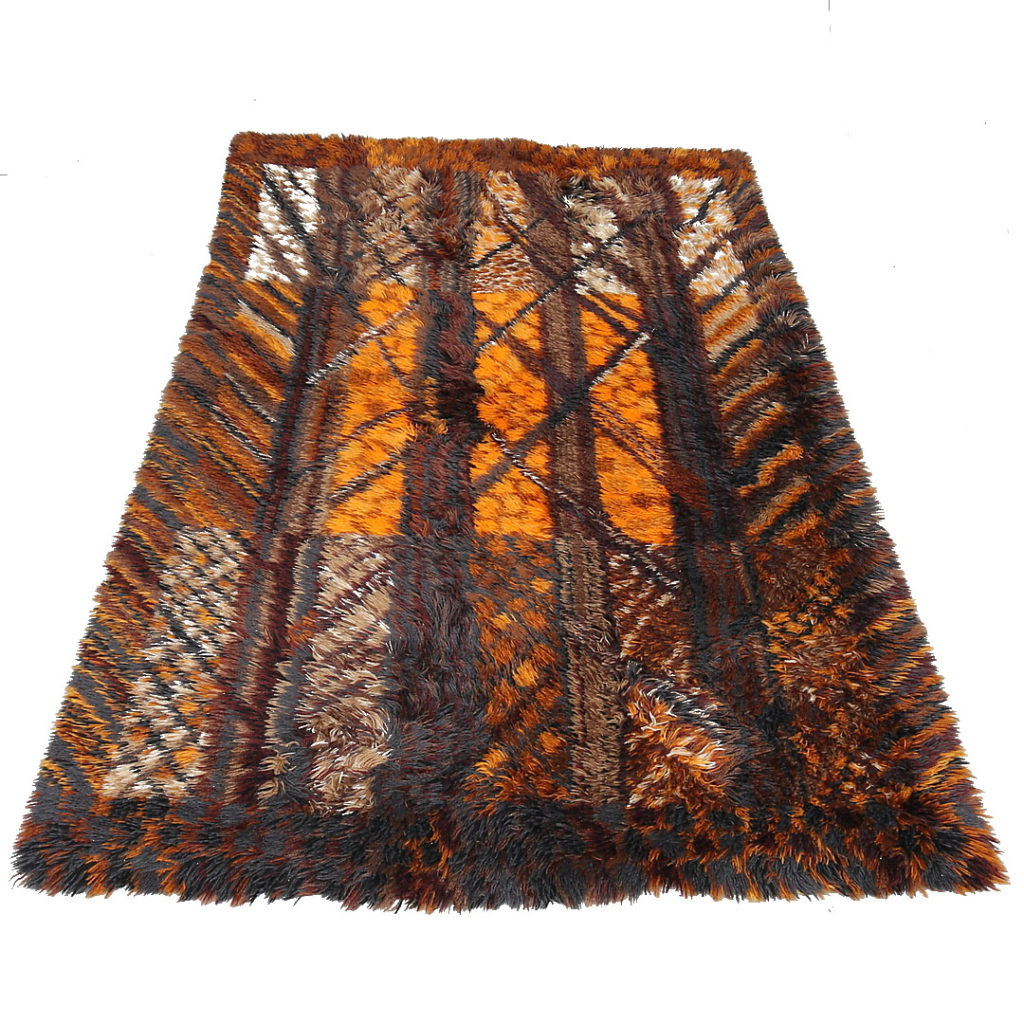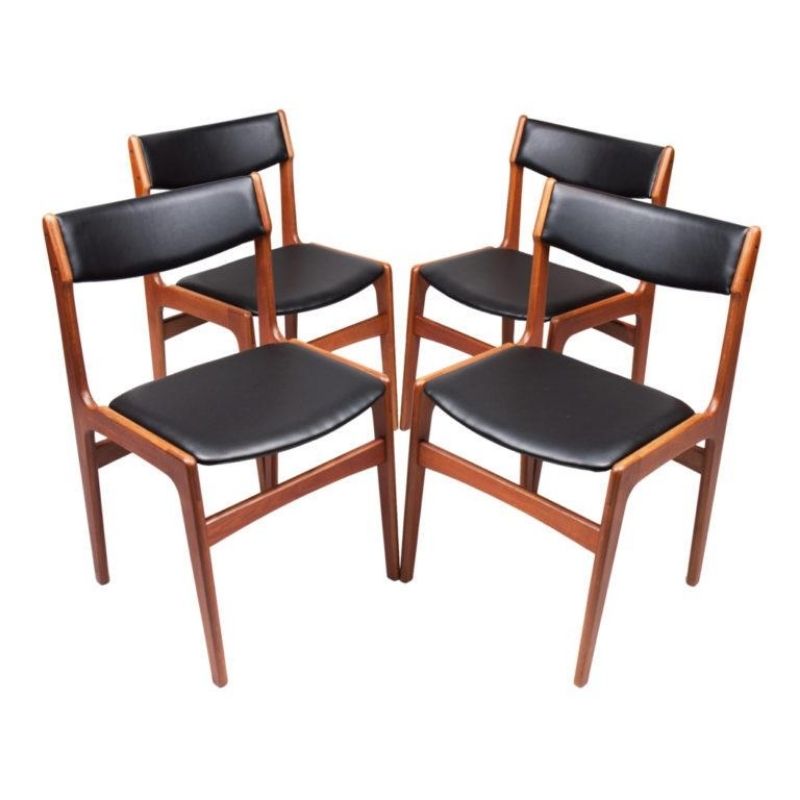Your chairs are most likely
designed by committee. They're just a basic chair that a lot of places sell with fabric as the variable.
Gianni di Frutta is a more or less fictional character who is a running joke here. I invented him when someone asked who designed the chair below (which I think actually was designed by someone notable). It's obvious where the inspiration came from.
Lot of questionable stuff gets attributed, correctly or incorrectly, to di Frutta here.
(GAD, I miss Aunt Mark...)
LOL
That's why I couldn't find anything about him 🙂
Thanks for the info.
This is an article I have found:
Design History of Parsons Chairs
Parsons chairs are a transitional piece of furniture that can incorporate elements from several periods, including Arts and Crafts, Art Nouveau, and Art Deco. The classification of any given parson chair will depend on the materials used, construction method and design elements.
The school of Arts and Crafts stressed a simple, honest and pragmatic approach that emphasized craftsmanship and the use of local materials. Today the best known furniture designer of the Arts and Crafts period is Gustav Stickely, whose "Mission" style is still popular today. The strong lines and practical construction of parsons chairs are strong indicators of their Arts and Crafts heritage.
Art Nouveau, a successor to Arts and Crafts, is typified by an emphasis on line. Parsons chairs that incorporate more fluid and undulating construction, such as the scroll back, can be seen as being influenced by Art Nouveau. Art Nouveau also distinguished itself in its' attempt to fuse quality craftsmanship with machine production. Some of the best examples of side chairs from this period can be seen in the work of Josef Hoffmann whose work straddled the schools of Arts and Crafts and Art Nouveau.
Art Deco, now largely seen as an extension of Art Nouveau, introduced the use lavish ornamentation, exotic materials and the use of the machine as form. The greatest furniture of designer of this period is acknowledged to be Jacques-Emile Ruhlmann. His use of such things as leopard skin upholstery and ebony in his chair designs opened doors that pushed well beyonds what would be acceptable in the Arts and Crafts. True parsons chairs usually only incorporate a small element of Art Deco.
Looking more closely at the design choices available for a parsons chair we can see there are three main design elements of a parsons chair : The back, the arms and the legs.
The back of a parsons chair can be made to be straight, camel backed or scrolled. A Straight Back would be more in the tradition of Arts and Crafts, while Camel Back and Scrolled Back leaning towards Art Nouveau.
When it comes to arms, parsons chairs can either be armless, upholstered, upholstered scrolled, or wood exposed. Scrolled and upholstered arms tend towards to the Art Nouveau and even Art Deco depending on what type of upholstery is used, while the armless version is simpler Arts and Crafts style.
The legs of a parsons chairs can be upholstered, fluted, turned, tapered, cabriole or Chippendale. In this case, Chippendale and fluted are in the Arts and Crafts vein, while the other more fluid and ornate models tend towards Art Nouveau.
If you need any help, please contact us at – info@designaddict.com










